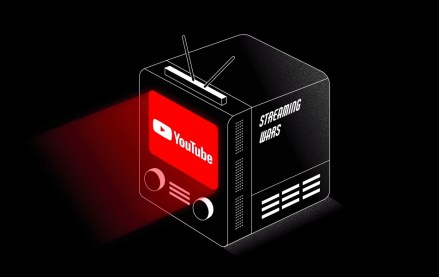
Kathryn Worthington is vp, director of account planning at DesignKitchen Chicago. Follow her on Twitter @kk_worthington.
At the core of brands’ challenges with technology today is that in our frantic desire to be at the forefront of the latest tools and platforms, we are focusing on the wrong question. Brands jump the gun because they see emerging platforms merely as a means for reaching more consumers and keeping up with trends. But you don’t get points for jumping to the front of the line simply for exposure to more people.
It’s not enough to simply evaluate if a brand’s consumers would engage with the platform. It’s more important to ask, what experiences are authentic to the brand and would allow consumers to enhance their passions? Or, more simply, what could we be doing that would create more value for the consumer?
When brands develop isolated strategies for platforms, they are making a mistake in not connecting the dots to how consumers live. Developing a social strategy separate from a broader engagement strategy encourages fragmentation of brand experiences. Innovation comes from putting consumer needs first. Evaluate platforms and tools from the perspective of adding value, utility and service for consumers, rather than providing additional eyeballs for the brand.
We need to move away from thinking of ourselves as the architects of brand stories through emerging technologies to the architects of brand relationships that bring consumers closer to their passion.
For many brands, this is a challenge because of organizational silos and budgets that relegate emerging platforms and experiences to separate experimental marketing initiatives. When we structure our brand marketing efforts around the core consumer need first, platform opportunities emerge as natural extensions of the brand purpose and experience.
That’s when we’ll get to the “why,” and beyond the “how.”
Image via Shutterstock
More in Marketing

Lowe’s wants to do more with AI shopping in 2026
Mylow, a shopping assistant powered by ChatGPT that launched in March, is already driving double the conversion rate for online shoppers.

‘This isn’t the old pre-roll world’: YouTube has been talking TV — now it’s selling that way
YouTube is ramping up efforts to get TV’s largest advertisers to move more of their budget into its platform.

As every screen becomes shoppable, attribution problems resurface
As more media environments become points of purchase, attribution and measurement remain the thorn in the side of commerce execs.





